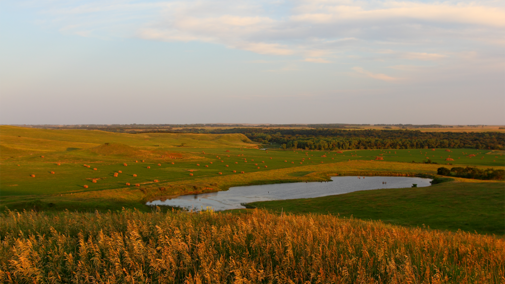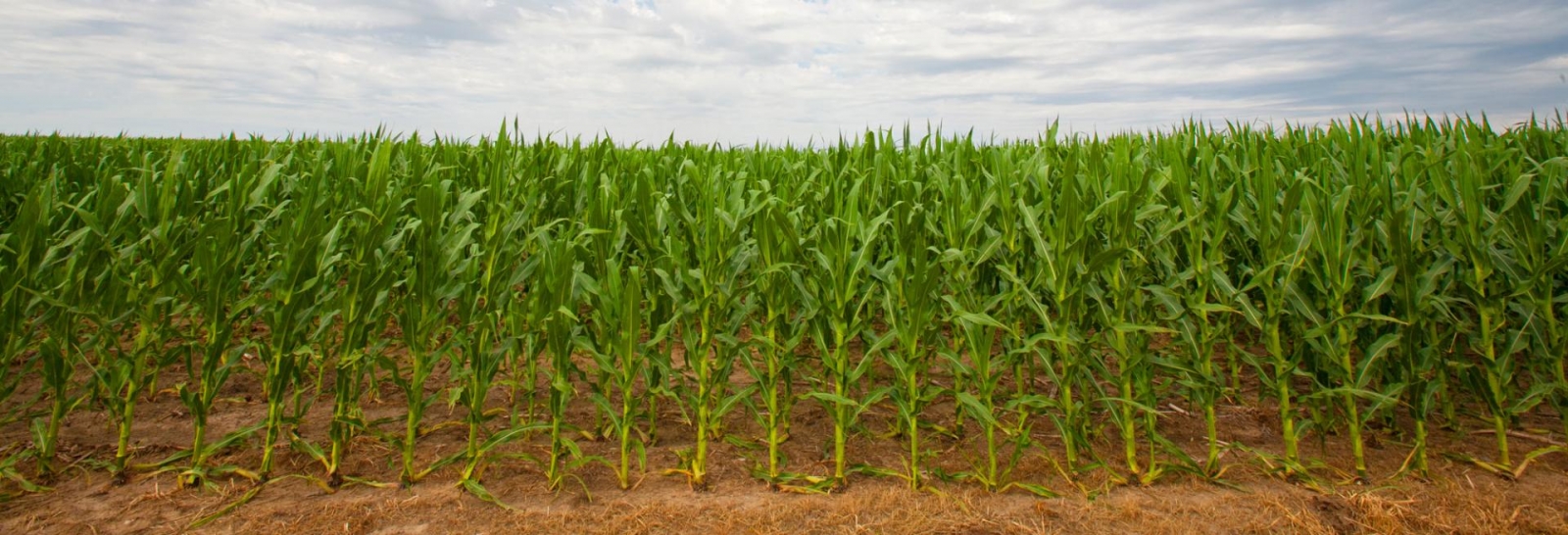2025 Preliminary Pasture, Cattle Land Values and Rental Rates for Nebraska
It’s that time of year when the preliminary results for Nebraska ag land and rental rates comes out. On average in 2025, the market value for all agricultural land in Nebraska was $3,935 per acre this is a 2% decrease from the previous year. This marks the first decline in the market value of agricultural land in Nebraska since recording began 46 years ago.
Grazing land and hayland market values had increases ranging from 1% to 5% when compared with 2024. Non-tillable grazing land led the three land classes at 5%. Districts in the northeast, ventral, east and south led the gains ranging from 6% to 9%. For example, non-tillable grazing land in the northeast averages around $2,980/ acre a 6% increase from the previous results. Hayland followed with an increase of 5%, and tillable grazing land experienced a gain of 1%. Cow-calf producers capitalized higher cow-calf prices into these three land classes across competitive areas of the state.
Pasture and cow-calf pair rental rates trended higher across Nebraska in 2025. The rates increased generally between 1% to 7% compared to the previous grazing season. For example, the average per pair rate is $77.90 in the northern part of the state — this is a 5% change from the previous year. Rising grazing land cash rental rates follow higher cattle prices with the decline in national inventories, which may lead people to think about leasing and negotiation. When negotiating leases some things to think about are early removal provisions when accounting for drought considerations for the upcoming growing season. The degree of service the landlord or tenant provides influences the cow-calf pair rental rates paid as part of the lease. Considerations for the leases include the party responsible for fencing upkeep, control of noxious weeds or brush, and payment of utility bills (used for livestock wells).
Grass and Alfalfa Mixtures
Interseeding cool-season perennial grasses into older alfalfa stands has been a good option to increase the productivity of that field. If planning a new alfalfa seeding this year, using a grass and alfalfa mixture can also have some advantages.
If you regularly feed more than five or six pounds of alfalfa per day to stock cows during winter, they probably are getting way more than enough protein but maybe not enough TDN or energy. Mixing grass with alfalfa usually lowers the protein but slightly increases the TDN content of hay. So, your cows actually could receive a more balanced diet. Also, if you sometimes graze your hay fields, grass will reduce the risk of bloat.
In the field, grass can grow in areas where alfalfa is not well-adapted or fill in spots as alfalfa dies out. This is better than having weeds invade bare areas. Grass-alfalfa mixtures often dry out more rapidly after cutting than pure alfalfa, so you might get more hay made without rain damage. And if it does rain, grass sheds rain well so the mixture usually suffers less injury, both in the windrow and in the bale.
Yield-wise, protein yield may be less with the mix, but total tonnage usually is about the same or higher than pure stands. Most of the grass yield will come at first cut, so regrowth will be mostly alfalfa. Selling a mixture can be more difficult though, because dairies prefer pure alfalfa and grass is more difficult to grind.
Orchardgrass is a top choice for seeding with alfalfa, but other grasses like smooth brome, meadow brome, festulolium, or wheatgrasses will work as well. The seeding rate of the grasses will vary depending on the species that is used and what proportion of grass and alfalfa is desired.

